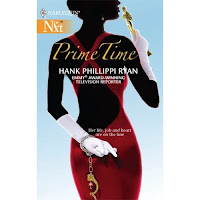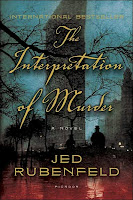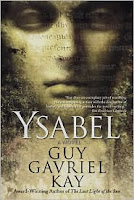STATUS: Why am I blogging at 10 p.m. at night? Because I’m nuts, that’s why!
What’s playing on the iPod right now? WHO WANTS TO LIVE FOREVER by Queen
Now I find it interesting that back cover copy is often hard to find on both Amazon.com and B&N.com. The sites will often list reviews, personal commentary, even a bit of a synopsis but the back cover copy is often missing. In fact, sometimes you can’t find it unless you use the Search Inside feature so you can see flap copy or the like.
Considering how much time is spent on the pitch—by aspiring writers, by the agent when it comes time to sell it, by the editor who is pitching it to ed. board and then to sales reps at Sales Conference, and then reps to the booksellers, both these online sites almost eschew using the copy…
What am I saying? I don’t know. It’s too late to really analyze what I’m saying but it’s interesting to note.
And today’s entry was a must in light of the terrific news I get to share. My author Hank Phillippi Ryan has won the 2007 Agatha for best first book for her debut mystery/women’s fiction hybrid PRIME TIME.

How cool is that? Out of all the mysteries published last year, only four were nominated and she won. And in even cooler news, MIRA is going to rerelease this title, plus the second book and two other new books in the series for some Summer 2009 back-to-back fun.
So this leads me into an example for a genre that I don’t really represent but I have to say that if I had gotten a query letter with this kind of pitch blurb, I would have said to heck with what I rep, this sounds like something I want to see.

The Interpretation of Murder by Jed Rubenfeld
On the morning after Sigmund Freud arrives in New York on his first – and only- visit to the United States, a stunning debutante is found bound and strangled in her penthouse apartment, high above Broadway. The following night, another beautiful heiress, Nora Acton, is discovered tied to a chandelier in her parents’ home, viciously wounded and unable to speak or to recall her ordeal. Soon Freud and his American disciple, Stratham Younger, are enlisted to help Miss Acton recover her memory, and to piece together the killer’s identity. It is a riddle that will test their skills to the limit, and lead them on a thrilling journey – into the darkest places of the city, and of the human mind.
Okay, you know the drill. Find the plot catalyst. Then analyze what is used to build the pitch paragraph.
There is certainly an economy of words with this example. Four sentences total. Hit me with it and then tomorrow we can talk about it. Does it work? Why?
We could also talk about whether it doesn’t but for me, that’s not really all that important. If it doesn’t work for you, then you won’t be picking up this book nor if you were an agent, would it be up your alley either. This biz is all about personal opinion after all. Not much to learn from that. However, the publisher believed this short, and to-the-point copy would work. It’s up to us to try and figure out why as we demystify the pitch.



